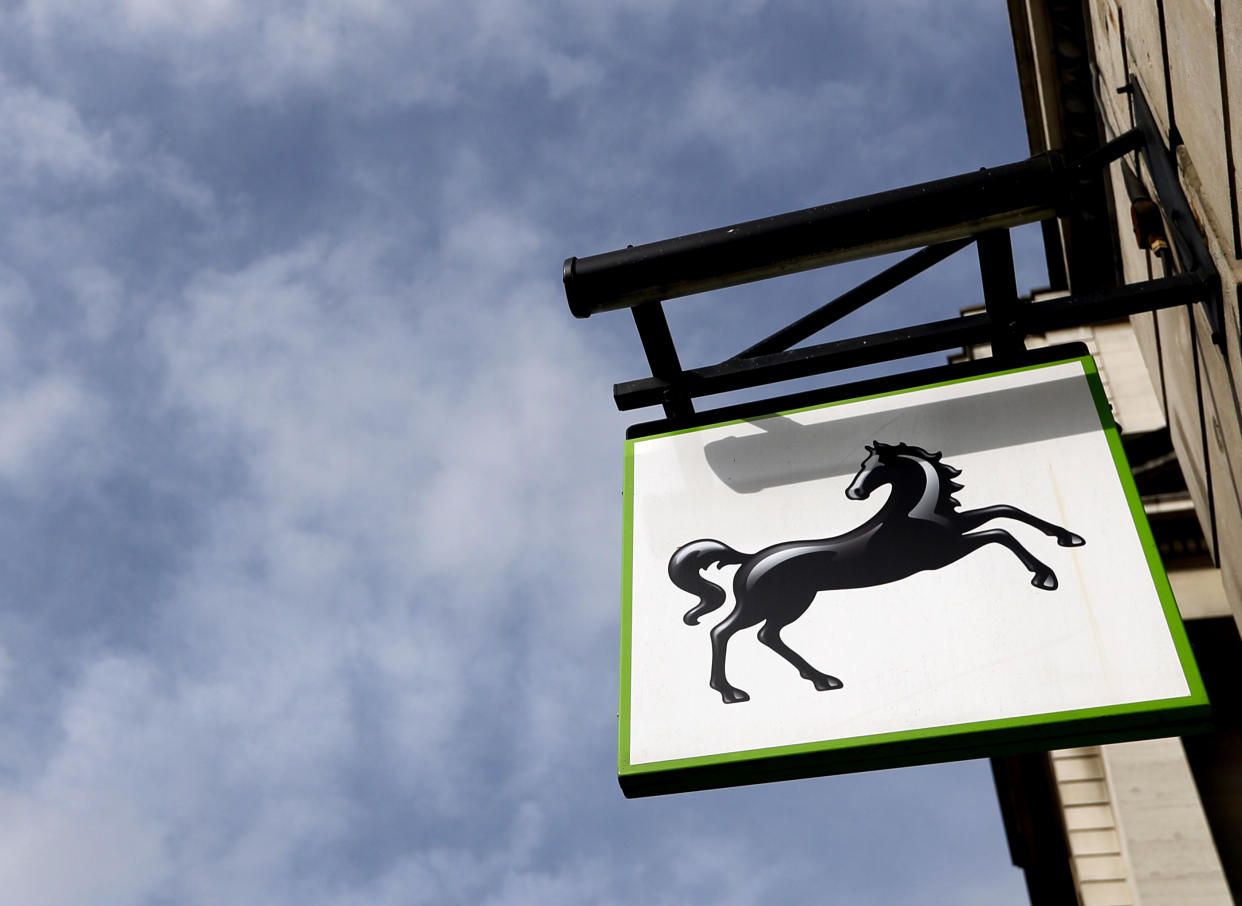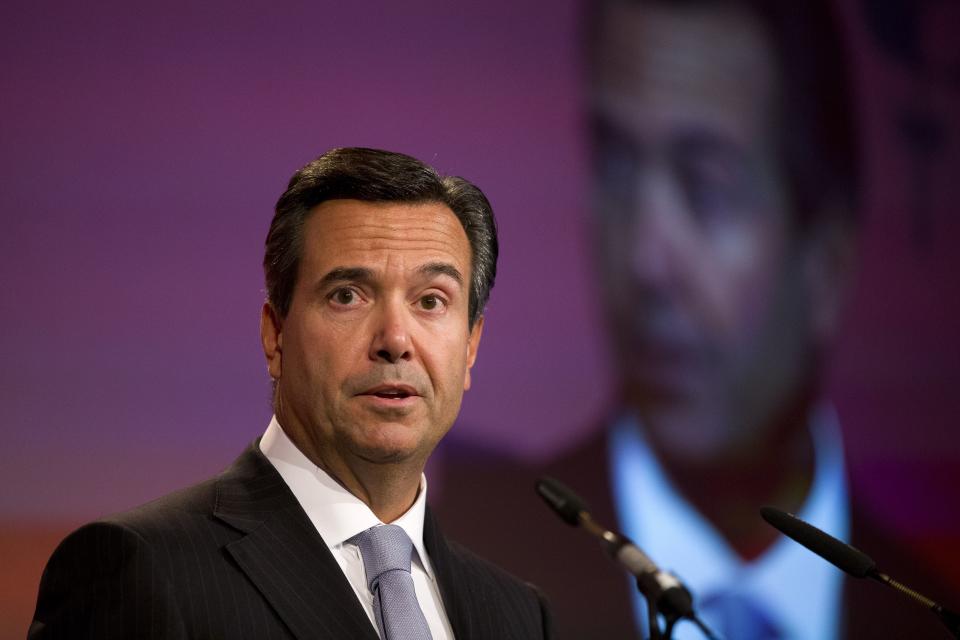Lloyds named Britain's greenest bank

Lloyds Bank (LLOY.L) has gone from being the least environmentally friendly bank in Europe to the second best in three years.
A new report from campaign group ShareAction named Lloyds the greenest bank in Britain and the second best in Europe.
It comes three years after Lloyds was named the worst bank for funding climate polluters in the same report in 2017.
“We are pleased to have made such progress with our ambition to tackle climate change, grow the green economy and promote green finance, improving 14 places in the ShareAction ranking since 2017,” said Fiona Cannon, managing director of group sustainable business at Lloyds Banking Group.
“While some challenges still remain around data and methodologies, we are committed to supporting our customers, clients and colleagues to help transition to a low carbon economy and ultimately help Britain prosper.”
Read more: Investors pressure Barclays to ditch fossil fuel lending
ShareAction’s report measures the environmental impact of Europe’s 20 largest banks, based on submissions from lenders themselves. ShareAction questioned whether banks measure the environmental footprint of companies they lend to, whether banks provide financing to carbon-intense industries and companies, and banks’s policies on reducing exposure to these sectors.

Lloyds came second behind France’s BNP Paribas (BNP.PA). However, no bank across Europe received a “best practice” rating and ShareAction said the results of its survey were largely disappointing.
“The findings of our research could not be clearer: the European banking sector is moving at a glacial pace on the climate crisis, failing shareholders, clients, and society at large,” said Sonia Hierzig, joint head of financial sector research and standards at ShareAction.
“We expected much more progress to have been made since our last assessment three years ago, not a tinkering around the edges.”
Royal Bank of Scotland (RBS.L) ranked worst among UK banks in terms of environmental impact. New chief executive Alison Rose pledged to make the environment a top priority for her bank when she delivered her strategy in February.
Read more: Barclays caves to investor pressure and pledges to go carbon neutral
Barclays (BARC.L) and Santander (SAN.MC) were middle of the pack, while HSBC came joint fourth.
Just 35% of the banks surveyed said they were fully aligned to the goals of the 2015 Paris Agreement, which aimed to keep global warming below 1.5C this century.
“This ShareAction report highlights that while the European banking sector is making progress in reflecting climate-related risks, there is way to go in integrating these risks fully into strategies, processes, risk management tools and transparency,” said Slavka Eley, head of banking markets, innovation and products at the European Banking Authority (EBA).
Denmark’s Danske Bank (DANSKE.CO) did not respond to ShareAction’s request for input and was ranked bottom based on public information. Italy’s Intesa Sanpaolo (ISP.MI) came last out of the 19 banks which submitted information.
Earlier this year, ShareAction successfully led a campaign to stop Barclays lending to fossil fuel companies.

